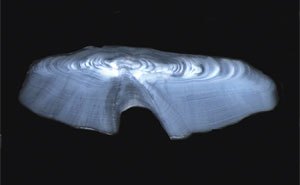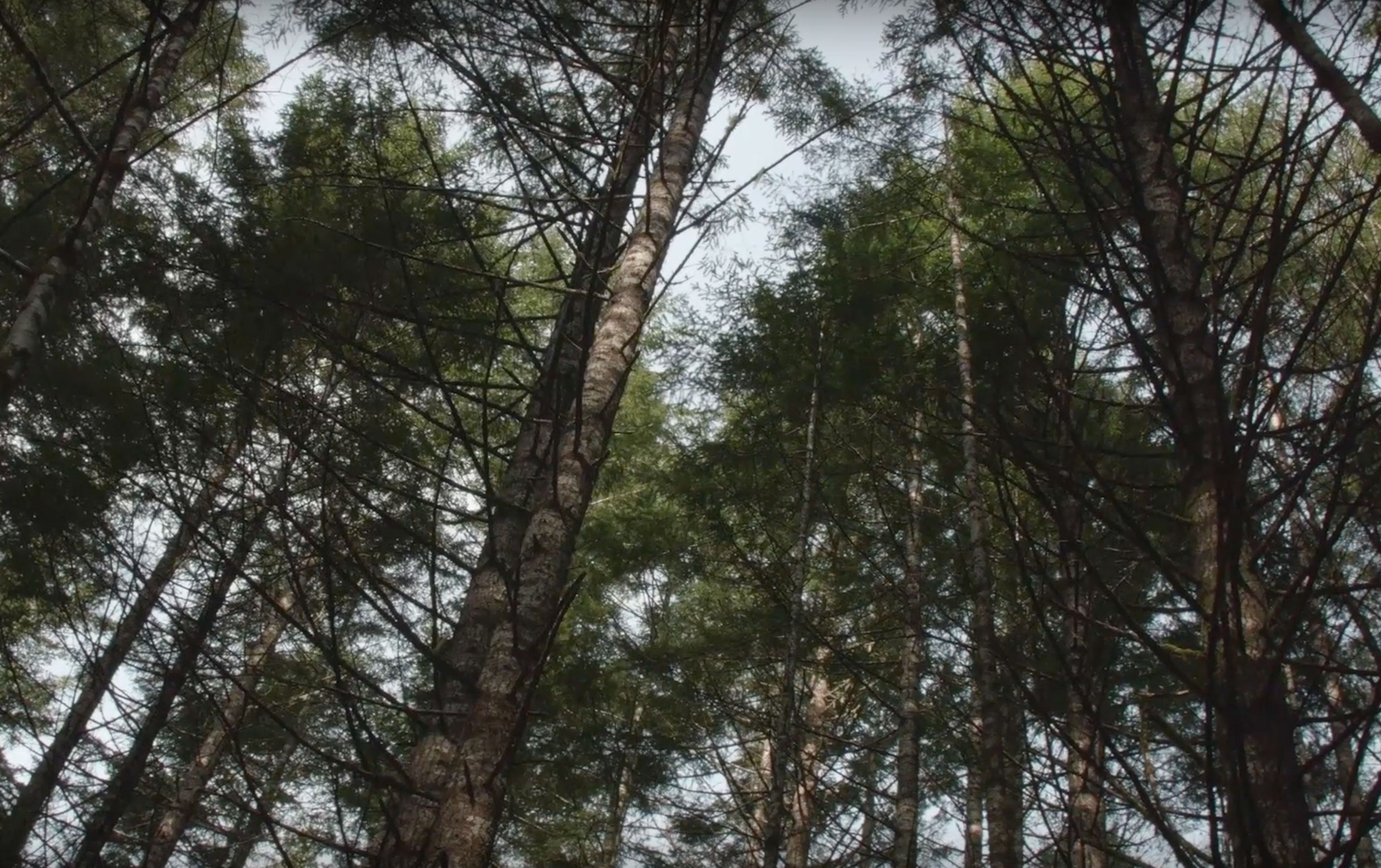“Abundant, good water is essential to continued economic growth and progress. The Congress has found that we have entered a period in which acute water shortages are hampering our industries, our agriculture, our recreation, and our individual health and happiness.”

If this announcement sounds like it just sprang out of the mouth of someone campaigning for climate change funding through Congress, consider that it was a statement by President Lyndon B. Johnson as he announced the approval of the Water Resources Research Act of 1964, thus officially creating a network of water resource research institutes at land grant universities across the United States. Indeed, Oregon had already established a water resources research in 1961. Through the pioneering efforts of several professors including Emery Castle, F.J. Burgess, J.T. Krygier, and C.E. Warren, the Water Resources Research Institute (WRRI) at Oregon State University was authorized by the Oregon State Board of Higher Education. Whether Oregon’s WRRI is the oldest in the US is the subject of debate; Utah State University publicly claims this honor. Regardless of this claim to fame, Oregon’s center is one of the first in the nation and is this year celebrating 50 years of continuous operation from its headquarters in Strand Agricultural Hall.

The 1964 legislation was a tribute to the vision and wisdom of Senator Clinton P. Anderson of New Mexico. Looking forward from the water use and management at that time, it was predicted that by the year 2000 there would not be enough usable water to meet the water requirements of parts of 30 states, including water-wet Oregon.
The Water Resource Research Act (WRRA) was based on the highly successful Hatch Act of 1887, which created the state agricultural experiment stations system. The Anderson bill was prescient and varied slightly from the Hatch Act in that the water centers were designed to be college-wide, or university-wide, to assure participation of all disciplines available in water research.
Statewide Support for Water Research
The Oregon Water Resources Research Institute (OWRRI) was one of the 54 water institutes located at land grant universities across the United States that received a small federal grant to provide base support for water resources research needs in each state. “Many faculty in the Oregon University System, as well as nearby privates schools, got their start through the mini-grant program administered through the Water Resources Research Act” according to IWW Interim Director Todd Jarvis. The list of grant recipients as the OWRRI matured with changes in missions, and as the federal WRRA was amended, to the Oregon Water Research Institute (OWRI), the Center for Water and Environmental Sustainability (CWest), and the Institute for Water and Watersheds (IWW) reads like the Who’s Who of water in Oregon and the west. For example, Law Professor Chapin Clark of the University of Oregon was provided funding nearly 40 years ago and Law Professor James Huffman from Lewis and Clark College was provided funding 30 years ago. IWW’s mission now is to facilitate research in water in Oregon through newsletters and water quality lab services. An annual seminar series has been sponsored by the OSU water center since 1964. A review of the seminar topics over the years, such as “Conflicts over the Columbia River” sponsored 20 years ago, are as relevant now as they were then.

In a 1964 speech introducing the Anderson water resources research bill, Senate staffer Benton J. Strong, indicated that “… if the Anderson water resources research bill is as successful as the Hatch Act has been in agriculture, 75 years from now we will have only one remaining water problem — floods. Our cups, or reservoirs, like our grain bins, will ‘runneth over.’” According to IWW Director Jeff McDonnell, the irony regarding this statement is that according to the early results of the NSF-funded Willamette Water 2100 project, flooding may indeed create new forms of water scarcity in the summertime in the Willamette River Basin where conservative dam management operations to control for late winter and early spring floods may result in incomplete filling of reservoirs for summer water use.
The Institute for Water and Watersheds (IWW) continues the rich tradition of linking OSU and other researchers within the Oregon University System to water issues in Oregon. A short documentary film with interviews with all of the previous directors, save one who passed away, as well as the current Chief of External Research with the US Geological Survey who received his Ph.D. in resource economics from OSU, will be available on the Institute for Water and Watersheds website just in time for the 50th Anniversary Water New Year Party, planned for Friday, September 30, 2011.





1 Comment
Dear Todd,
I read the article above in part and noticed one correction you might want to make. You refer to U of O Professor Clark Chapman — I think you meant to refer to Chapin Clark. Since he is very well thought of and still often mentioned person in regard to Oregon water law, you should probably revise your text.
David